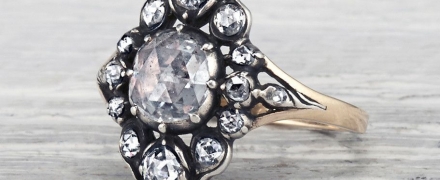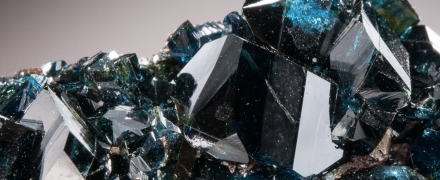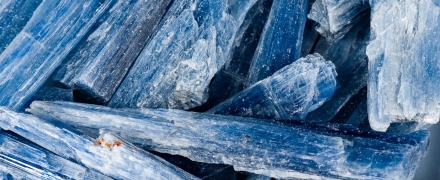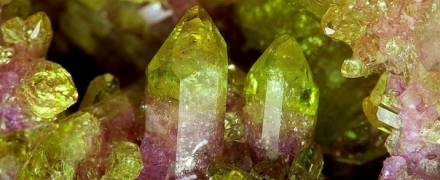open 10 am - 7 pm
laboratory is closed
Publication
From the beginning of the 16th century in Europe, mainly in Amsterdam, they began to cut diamonds with an additional third belt of facets at the girdle. Such and more complex modifications of the "rose" cut began to be called "Dutch".
In recent decades, the practice of creating the effect of asterism in corundums and spinels by diffusion treatment with saturation of the near-surface layer of the stone with titanium oxide, which crystallizes, forms accumulations of rutile inclusions, has been widespread.
Lazulite belongs to the class of phosphates and forms a series of isomorphic miscibility with another phosphate - scorzalite.
Kyanite is most often presented as a decorative collectible mineralogical material; it is also distributed in the form of faceted inserts in the form of cabochons and faceted cuts.
Vesuvian is rarely found as a raw material suitable for cutting, more often it is a cabochon-quality material.






